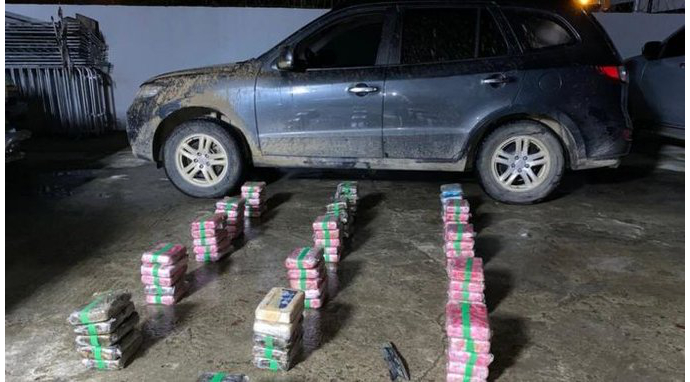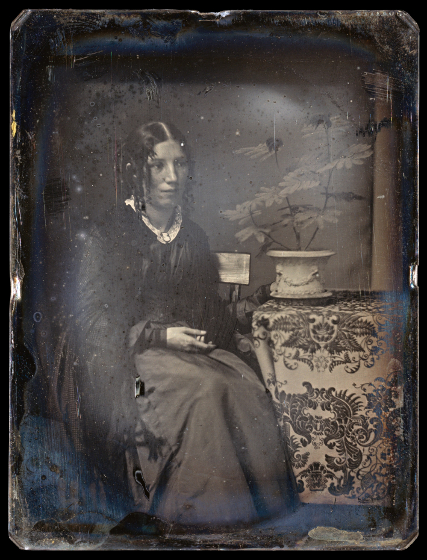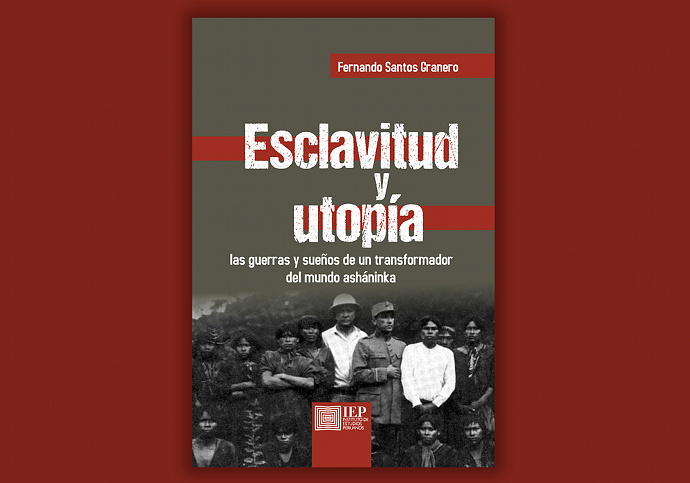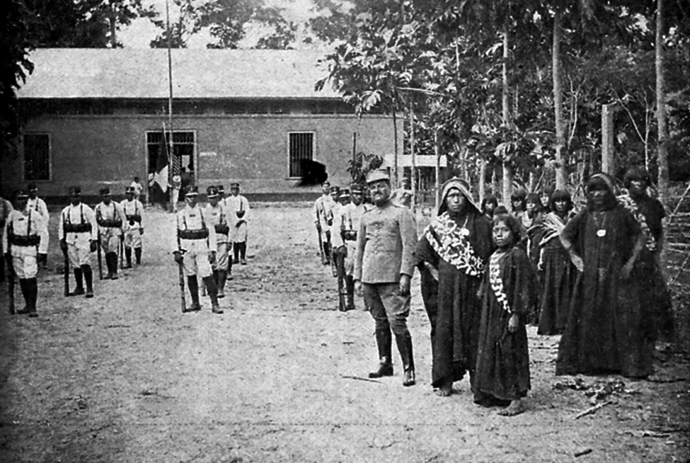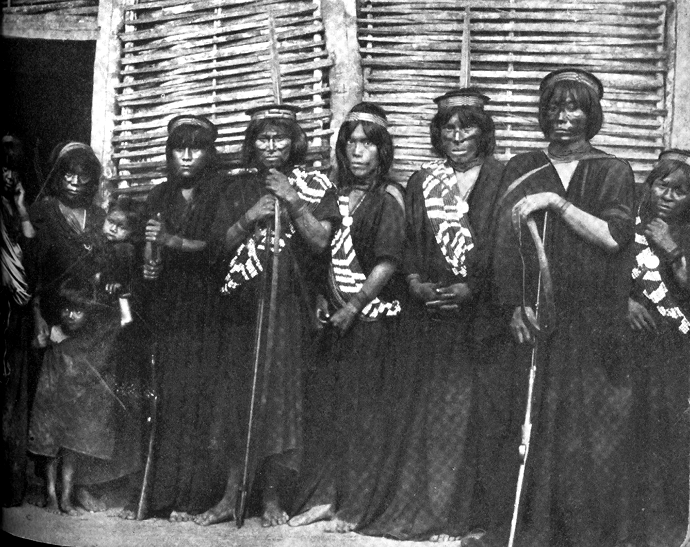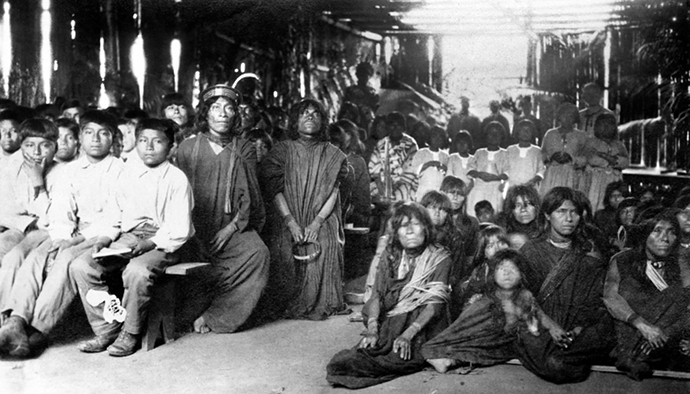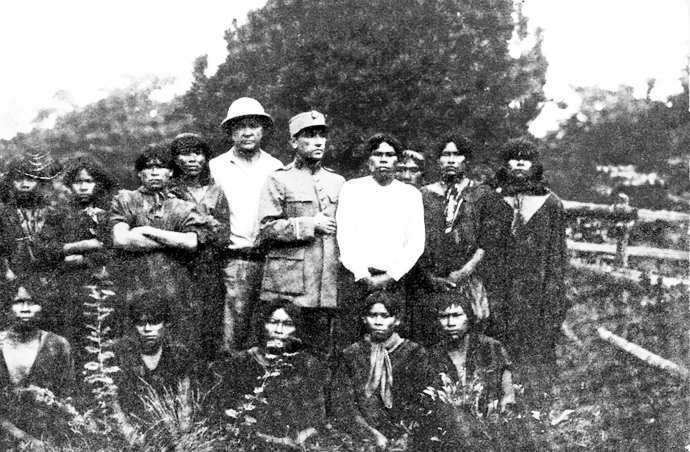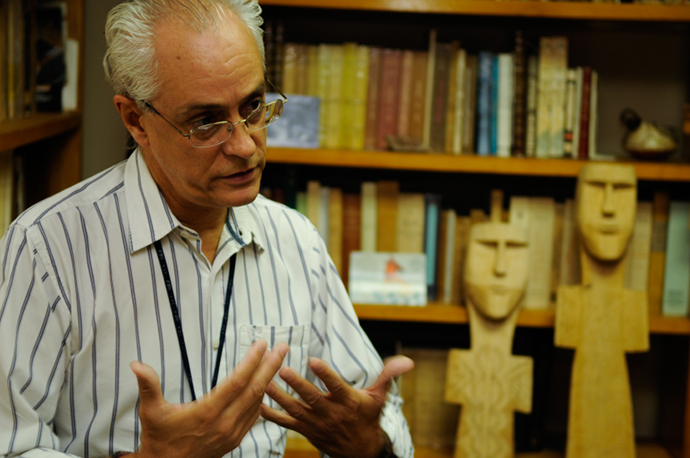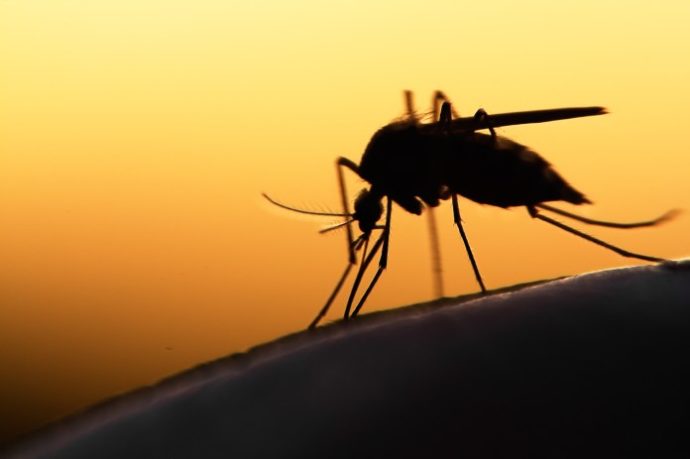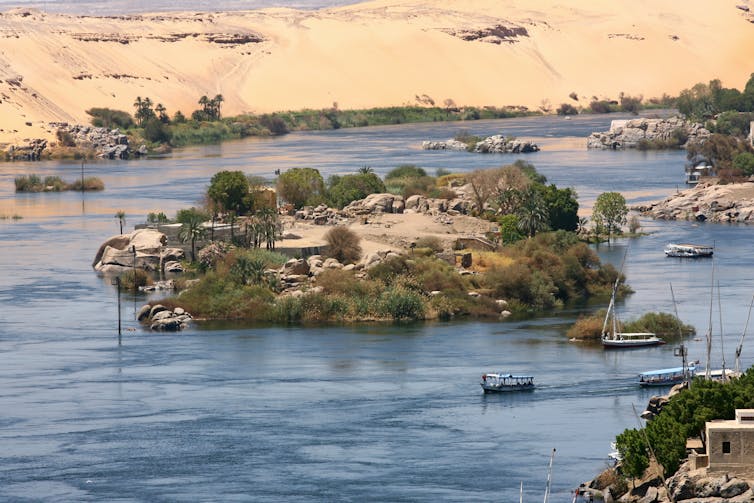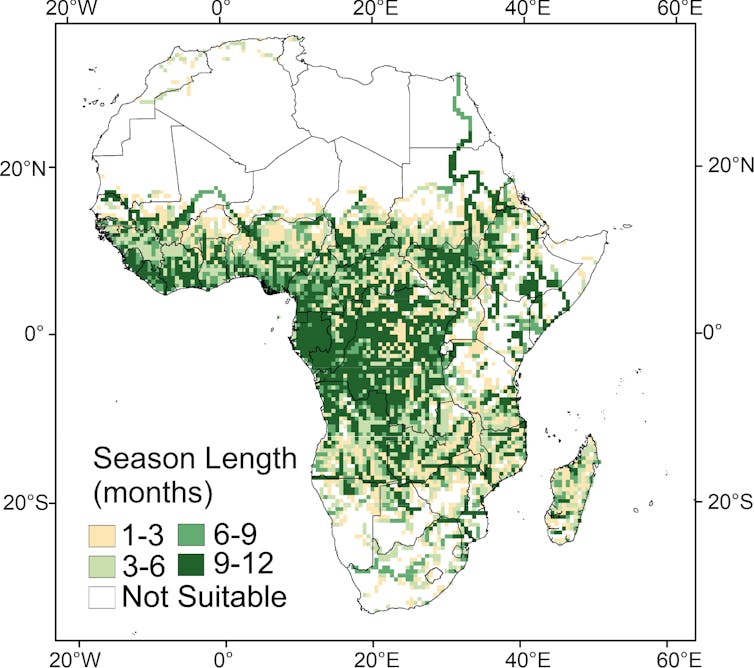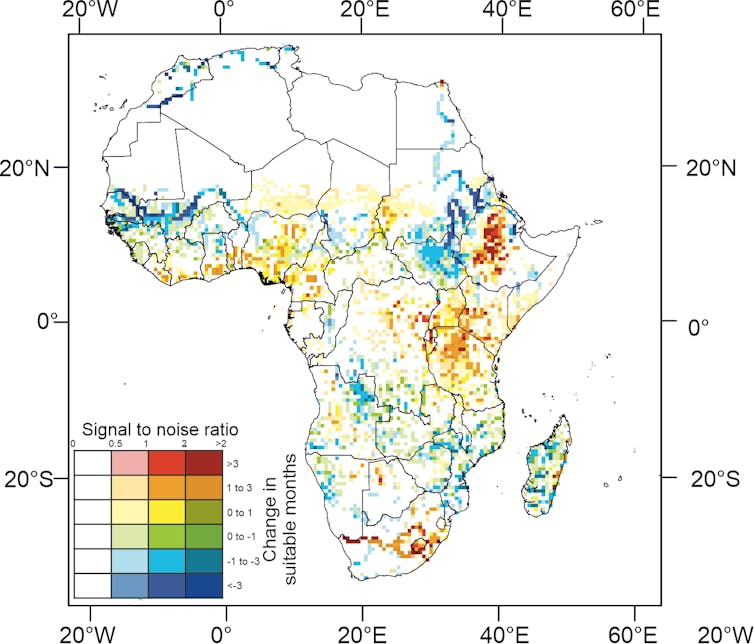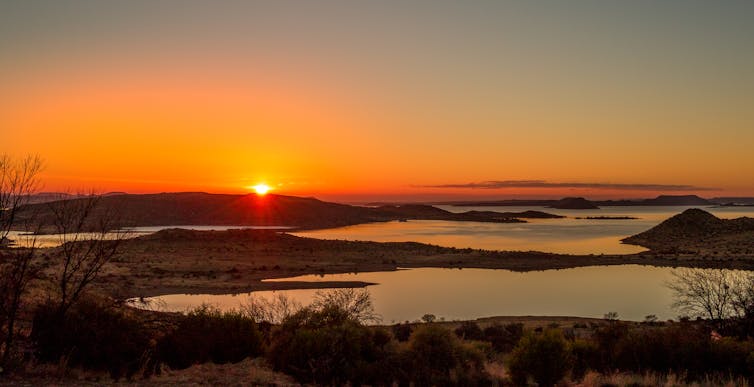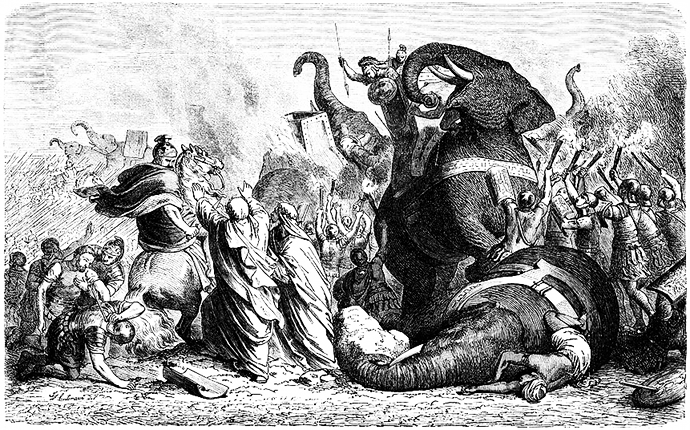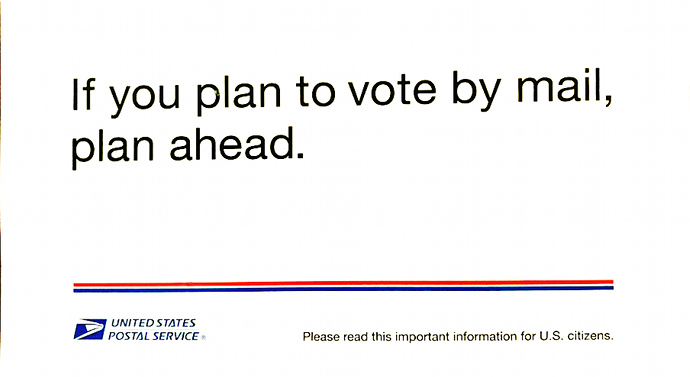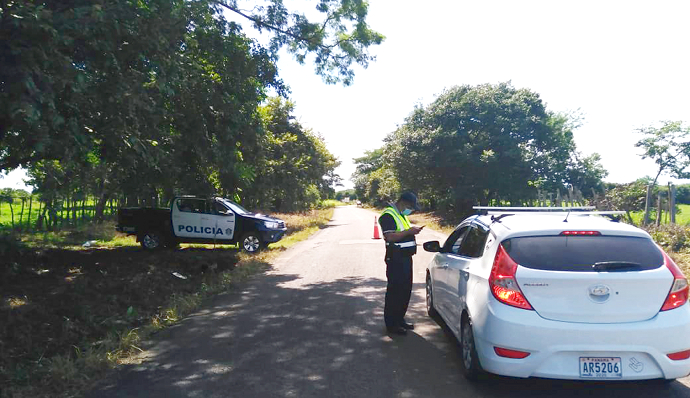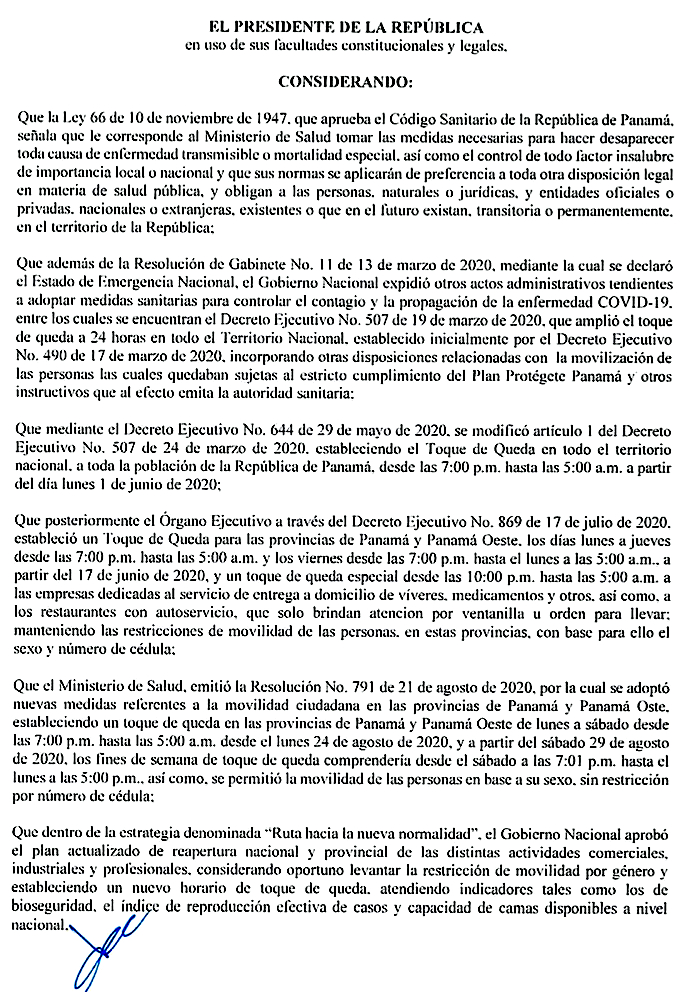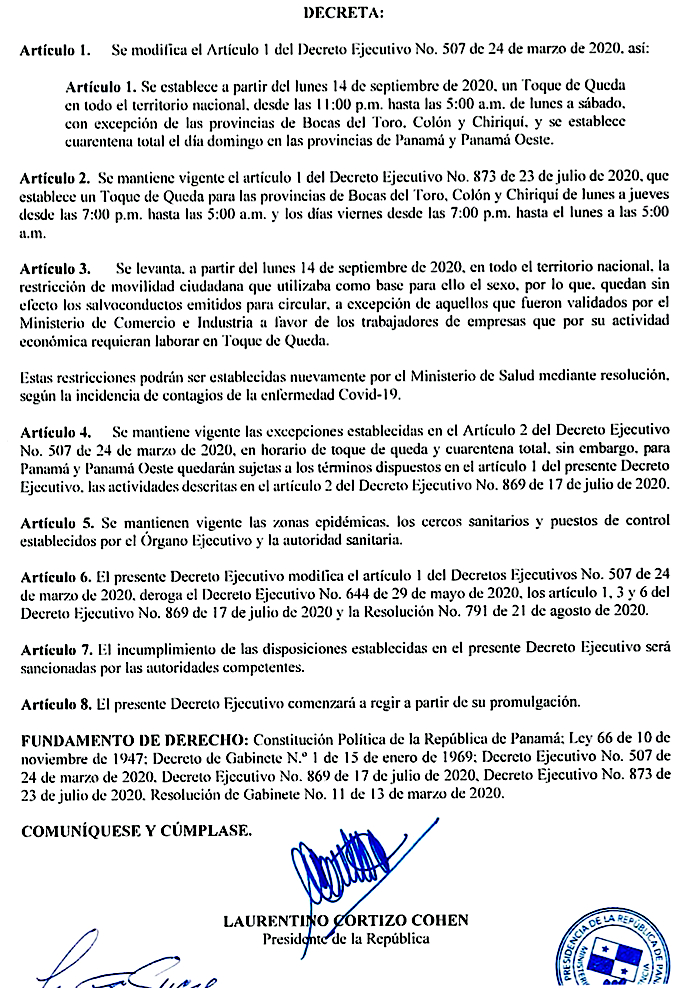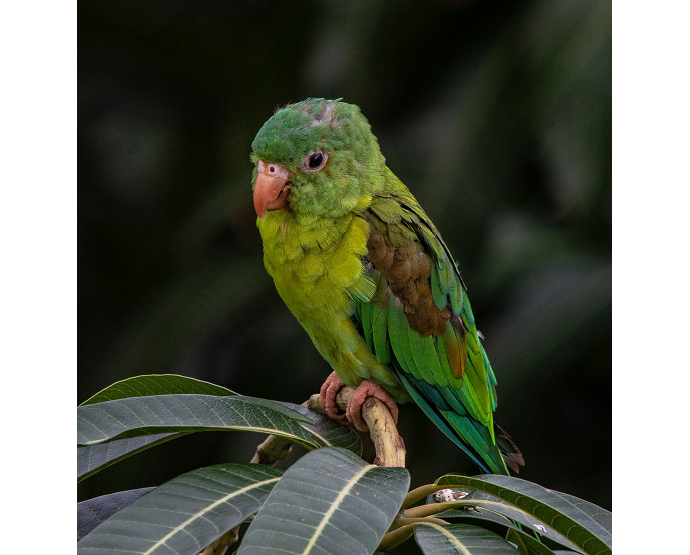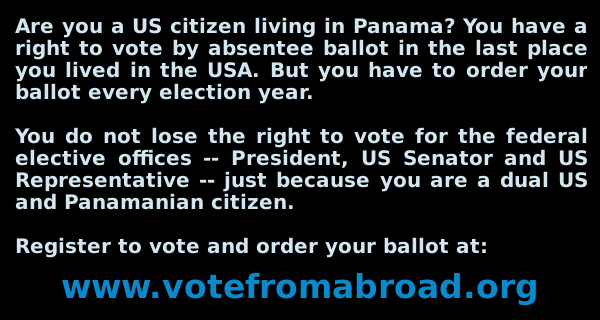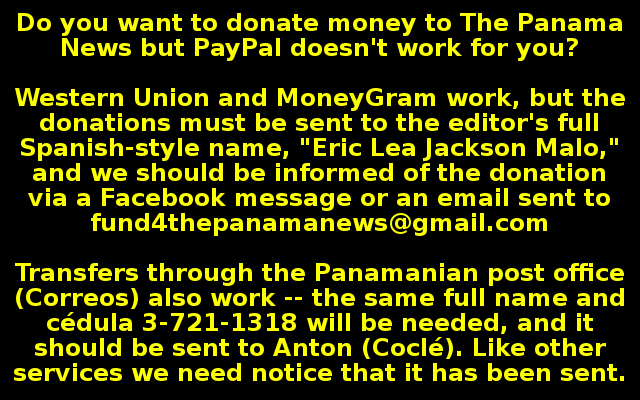Are you a Yellow Dog Democrat? Yellow Dogs ALWAYS vote. In the primaries they may participate in some ferocious dogfights, but come the general election they always vote for the Democratic ticket. Photo by José F. Ponce.
The ballots are supposed to be sent to overseas voters on September 19, but you can still vote if you don’t get yours
by Eric Jackson
Yesterday I went into the city for the first time in months to get my ballot in the mail at the US Embassy yesterday. That part was relatively easy. I also did some other research on voting possibilities on this, my first bus ride into the city and back in months. It was a long day.
Panama’s Correos is not functioning. In any case the US Postal Service is not taking mail from Panama. But you can do like I did and put it in the diplomatic mailbox, so that your ballot goes in the diplomatic pouch to the USA, then gets put in the US mail system when it gets to the States. (The BIG slowdown, we expect, is when it get into the hands of the US Postal Service.)
The blue ballot drop-box is near the main entrance of the American Embassy in Clayton. Those who wish to drop their forms or ballots in the drop box may do so at any time during regular business hours: Monday through Thursday from 8:00 a.m. to 3:00 p.m. and Friday from 8:00 a.m. to noon.
Ordinarily the cheapest courier service in Panama is the ecomienda services. By those you can send an envelope or a package by bus to the National Bus Terminal in Albrook, in the name of someone you can trust to pick it up and take it over the embassy in Clayton. But COVID-19 has closed a lot of the bus syndicates’ ecomienda systems. Still, you can use a private courier service – UNOExpress, Fletes Chaval, Transporte Ferguson or so on – to get your ballot to the embassy. Using a courier service, address the larger envelope containing your official postage-free envelope with filled out and signed ballot inside that to:
Embajada de los Estados Unidos
ATTN: Voting Officer
Edificio 783, Ave. Demetrio B. Lakas
Clayton, Panama City, Rep. Of Panama
If you vote in a state that allows some sort of electronic voting, do THAT instead of using the mailbox at the embassy. Those are MOST states. By email:

…or by fax:

There are some complications in your calculations if you must vote by postal mail. One of these begins with the difference between the states with the “received by” and “postmarked by” rules. In some of the latter, your ballot my arrive weeks later and still be counted, while others put a time limit on when it must arrive.
(IF, because it’s postage-free, they don’t stamp the envelope to prevent a stamp from being used twice, that has been known to cause clerks in some places to reject a ballot in a “postmarked by” jurisdiction. Some clerks will also do that to a ballot that comes in with a private courier. In some close race this year, expect that stuff to be litigated during a recount process.)
In any case, we who vote in the “received by” postal mail only jurisdictions face this criminally created time squeeze, and it’s a moving target that makes your calculations uncertain. Moving target because of labor and management struggles in the US Postal Service — as in if Trump and DeJoy order postal workers not to deliver ballots on time and the workers and their unions defy them. As in, more certainly, litigation in several state and federal courts to expand the “received by” window due to criminal interference with the mail. As in, we don’t know for sure HOW MUCH Trump’s demolition of more than 600 mail sorting machines will slow the US Postal Service mail.
THE MORAL OF THE STORY? Get your ballot in the mail as quickly as possible if you vote in a “vote by postal mail state:

Mystified by the possibilities? Narrow them down as it applies to you by going to https://www.fvap.gov/ and selecting the state where you vote to see the detailed requirements.
Clicking on the state where I vote, Michigan, we get the “received by” deadline. Other states have different ones.
ALSO NOTICE THAT Michigan is one of the states with same-day voter registration. If the state where you vote has that, you can send in your voter registration with a proper write-in ballot and if it arrives in time it should be counted.

The general rule is that you vote in the last place where you lived in the USA, or that if you are a US citizen who has never lived in the USA you vote where a parent who was a US citizen last lived. Again, you can go to the Federal Voting Assistance Program website for more advice on this: https://www.fvap.gov/citizen-voter/voting-residence.
IF you cast your absentee ballot in a vote by postal mail state, then download and print (or have printed in one of the many businesses that will do this for you) this envelope:
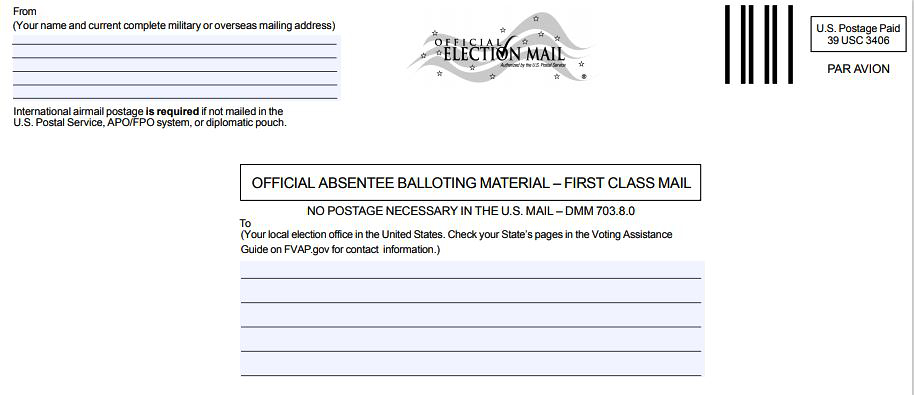
Use this link to find a printable and usable — IF you have registered to vote and ordered your ballot — Federal Write-in Absentee Ballot form in PDF format: https://www.fvap.gov/uploads/FVAP/Forms/fwab.pdf. You definitely want to use one of these if you are to cast your ballot in a vote by postal mail only state and there is any delay receiving your ballot. The sabotage of the US Postal Service is intended to cause further delay. You don’t want to add to all of that by procrastinating.
In most jurisdictions you still have time to register to vote. Check the deadline where you vote. In a lot of them, you can “register on Election Day,” which means outside of the USA that you can send in your FPCA voter registration form along with your write-in ballot. Put the filled-out form in the envelope along with your filled out and signed federal write-in absentee ballot and get your vote counted. (OR BETTER YET, if you vote in a state that allows this, do it online.)
BEWARE
The two most common ways that ballots from abroad get invalidated are if they arrive late, or if they are not signed. Time is of the essence. So is your signature.
REST ASSURED
Under federal law, your ballot cast for federal offices only — US Representative, US Senator and President of the United States — may not be used for state tax purposes to declare you a resident of the state where you cast such a ballot.
Contact us by email at fund4thepanamanews@gmail.com
To fend off hackers, organized trolls and other online vandalism, our website comments feature is switched off. Instead, come to our Facebook page to join in the discussion.
These links are interactive — click on the boxes






